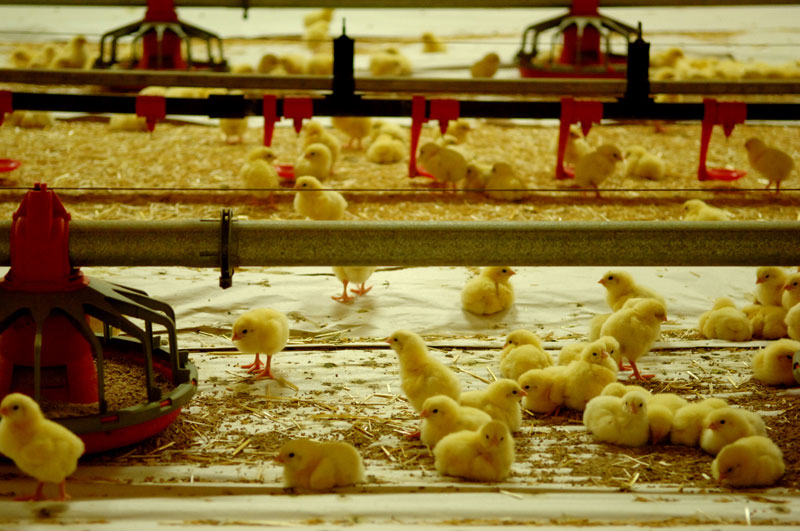Porto alegre, April 7, 2022 – The movement of the wholesale meat sector pointed to an aggressive rise in chicken prices in the São Paulo market. On the other hand, pork carcass prices even showed some price highs in the first week of the month but have dropped in recent weeks, following the movement of live animal prices. The situation of oversupply present in Brazilian pig farming is increasingly evident, pointing out that the production adjustment does not happen so quickly and efficiently compared to chicken.
For beef, there was a decrease in prices during the second half of the month, understandable in an environment characterized by slower replacement between wholesale and retail. Besides, the Brazilian economic situation still points to the maintenance of the consumption pattern during the year, with consumers still opting for more affordable proteins, precisely the case of chicken. The kilogram of pork carcass in São Paulo reached the average price of BRL 8.71.
The kilogram of beef hindquarter reached the average price of BRL 24.00, per kilogram in São Paulo, but the short-term bias still points to a decline in prices. The kilogram of beef forequarter was pegged on average at BRL 16.60, however, prices have dropped in recent days, with the prospect of continuing this movement in the short term. Frozen chicken followed the rest of chicken prices and showed a consistent upward movement, reaching the level of BRL 7.50 per kilogram in March. The short-term trend still indicates a rise in prices, unlike competing proteins.
In the exchange ratio, the competitiveness of chicken still stands out. Even with all the upward movement, it remains much more affordable compared to competing proteins. In relation to beef hindquarters, frozen chicken is around 3.3 times cheaper. In comparison with beef forequarter, frozen chicken is approximately 2.3 times cheaper. Against pork carcass, the moment is not so unfavorable, with frozen chicken prices only 1.2 times cheaper than competing protein, this is the moment of closest proximity between these proteins.
No matter how much competitiveness is lost, even chicken may become prohibitive for a share of the Brazilian population, which will have egg as the great alternative as animal origin protein. The loss of purchasing power of a large part of the population suggests that even with the loss of average competitiveness, there will be no return for beef demand.
SAFRAS Latam

